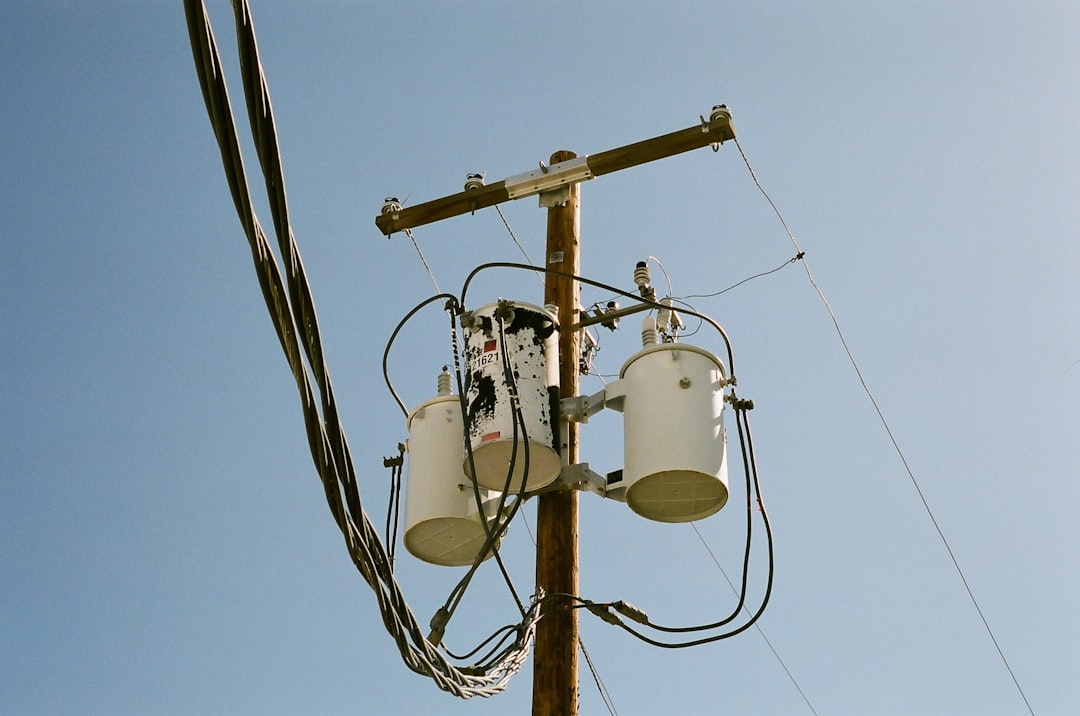What is it about?
Suppose we have time series data and we need to understand its dynamical behavior, specifically, whether the time series is periodic, chaotic, hyper chaotic, or noisy. The question is, how can we do it? To answer this question; in our work, we have trained the machine using some supervised machine learning techniques using time series, whose dynamical behavior we already know. With the help of these trained machine learning models, we can predict the behavior of any unknown time series.
Featured Image

Photo by Growtika on Unsplash
Why is it important?
This work is significant because it involves training machine learning models to predict the behavior of time series based on some important features. In our study, we incorporate two main types of features, recurrence plot measures and recurrence network measures, that are associated with the dynamics underlying the dynamics of the data. Based on these features, we train models to predict the behavior of the time series. Consequently, our predictions of the dynamical behavior of time series are more robust compared to other related studies.
Perspectives
Using machine learning techniques, we classify various dynamical states underlying nonlinear time series data. We collect synthetic time series data by simulating standard dynamical models of Rössler, Lorenz, Chen, Duffing, 4D-Lorenz, 4D- Rössler systems. We use only single time series corresponding to the x-variable to reconstructed the system's trajectory or attractor in higher dimensions using Taken's embedding technique. Recurrence plots and recurrence networks are then constructed from the recurrence pattern of points on the reconstructed attractors. Further, we calculate recurrence measures from recurrence plots and average network properties from recurrence network. These measures are used as features for the machine learning models. We find all the supervised machine learning algorithms namely, logistic regression, random forest and support vector machine are effectively predicting series dynamical behavior and noisy patterns that emerges in nonlinear time series. However, if we assign rank, then Random Forest algorithm exhibits the highest accuracy followed by Support Vector Machine and then Logistic Regression. Our study indicates that among all the features we used, the features related to the density of the recurrence points or the closeness of points, such as recurrence rate, average path length, and trapping time, are the most effective in predicting the class of a given time series correctly. We also observe that even when the data has noise up to 5%, the chaotic state of the time series, can be correctly identified using machine learning algorithms. Additionally, the trained algorithms are successfully applied to predict the dynamical states of two variable stars, SX Her and AC Her, from their light curve data.
Chandrakala Meena
Indian Institute of Science Education and Research Thiruvananthapuram
Read the Original
This page is a summary of: Machine learning approach to detect dynamical states from recurrence measures, Chaos An Interdisciplinary Journal of Nonlinear Science, April 2024, American Institute of Physics,
DOI: 10.1063/5.0196382.
You can read the full text:
Resources
Contributors
The following have contributed to this page










